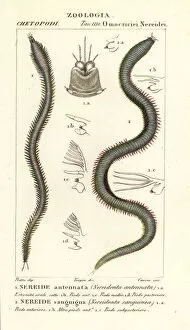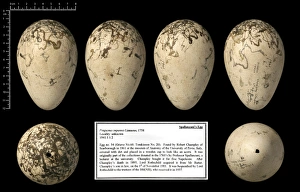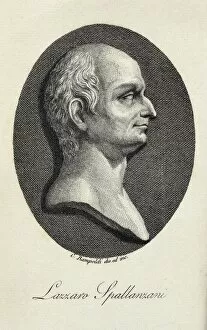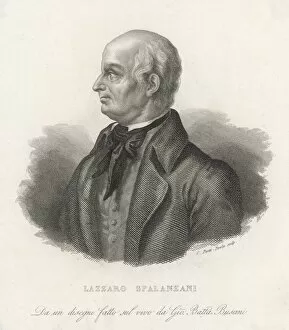Spallanzani Collection
Lazzaro Spallanzani, an Italian biologist born in 1729, was a remarkable figure in the world of science
All Professionally Made to Order for Quick Shipping
Lazzaro Spallanzani, an Italian biologist born in 1729, was a remarkable figure in the world of science. Known for his groundbreaking experiments and observations, he left a lasting impact on various fields. One of Spallanzani's notable contributions was his study of the great auk egg. His meticulous examination shed light on the reproductive habits and anatomy of this extinct bird species. Through his research, he unraveled fascinating details about their breeding patterns and helped expand our understanding of avian biology. It also delved into the realm of marine life by investigating Nereids, which are marine worms belonging to the family Polychaeta. His keen eye for detail allowed him to uncover valuable insights into their behavior and physiology, contributing significantly to our knowledge of these enigmatic creatures that inhabit our oceans. In addition to his biological pursuits, Spallanzani had an adventurous side as well. He fearlessly observed the eruption of Mount Etna, capturing its awe-inspiring power through scientific observation during this natural phenomenon. This daring act showcased not only his dedication but also his willingness to explore different branches within science. Furthermore, Spallanzani conducted extensive research on bacteria at a time when little was known about these microscopic organisms. By disproving spontaneous generation theories through meticulously designed experiments involving broth sterilization techniques, he paved the way for future discoveries in microbiology. Beyond his scientific achievements, Spallanzani's portrait captures a man driven by curiosity and passion for knowledge. His determination is evident as he investigates various aspects of nature with unwavering enthusiasm. The legacy left behind by Lazzaro Spallanzani continues to inspire scientists today as they build upon his work in diverse disciplines such as ornithology, marine biology, microbiology, and more. His contributions have shaped our understanding of the natural world while exemplifying how one individual can make profound impacts through dedicated exploration and scientific inquiry.













